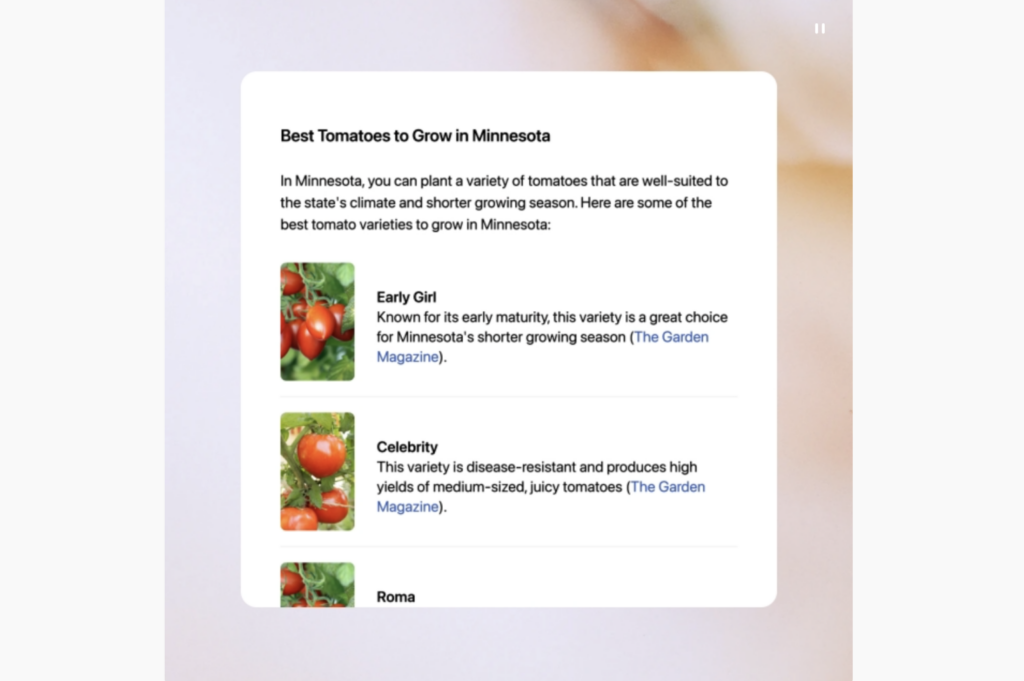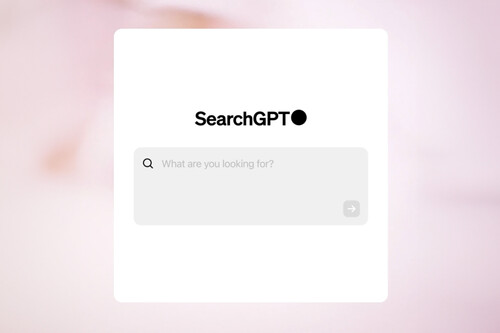OpenAI is making a bold play into the search engine market with its new project, SearchGPT. This tool aims to challenge Google’s dominance by leveraging the advanced conversational capabilities of ChatGPT to enhance the search experience. Currently available as a prototype with a waitlist, SearchGPT promises to deliver a user-friendly and interactive search experience by integrating real-time data from the web.
What’s Happening & Why This Matters
The Launch of SearchGPT
OpenAI’s SearchGPT is currently in its prototype stage, available to a limited group of users. The company aims to transform the traditional search engine model by incorporating ChatGPT’s conversational abilities, providing a more interactive and intuitive search experience.
SearchGPT is designed to harness real-time web data, enabling users to find what they are looking for more quickly and easily. OpenAI’s CEO Sam Altman believes there is room to make search much better than it is today.
Unique Features of SearchGPT
Unlike typical search engines that display numerous third-party links, SearchGPT summarizes answers and provides clear source links. This approach results in a cleaner interface and a more streamlined search experience without the clutter of ads. SearchGPT’s design focuses on delivering direct answers accompanied by relevant sources, which enhances the user experience by reducing the time spent sifting through multiple links.
Challenges and Accuracy
Despite its innovative approach, SearchGPT has faced some accuracy issues. For example, during a demo, it provided incorrect dates for a music festival in Boone, North Carolina. Such errors underscore the need for continuous refinement to ensure reliability and accuracy. OpenAI is aware of these challenges and is actively working to improve the system. The company emphasizes the importance of accurate and reliable information, especially as it competes with established search engines like Google.

Integration with ChatGPT
OpenAI plans to integrate the best features of SearchGPT directly into ChatGPT, enhancing the overall user experience. While the current prototype is temporary, these features are expected to become permanent, blending conversational and search functionalities seamlessly.

This integration aims to create a unified platform where users can enjoy both advanced search capabilities and conversational interactions, making it easier to find and understand information.
Collaboration, Interest, and Availability
To refine and develop the search experience, OpenAI is collaborating with users and publishers. This partnership ensures that relevant content is accessible, even if some sites opt out of generative AI training. By working closely with users and content creators, OpenAI aims to create a search engine that meets the needs of its audience while maintaining high standards of accuracy and relevance.
Currently, SearchGPT is available to users on a waitlist, reflecting high interest and anticipation. OpenAI is actively developing the platform and plans to expand access, potentially positioning SearchGPT as a formidable competitor to Google. The company is committed to making SearchGPT widely available, aiming to offer a fresh and user-friendly alternative to existing search engines.
TF Summary: What’s Next
OpenAI’s SearchGPT represents a bold attempt to disrupt the search engine market by combining conversational AI with real-time data access. As the prototype evolves, continuous improvements and collaborations with users and publishers will be crucial. The planned integration of SearchGPT’s features into ChatGPT signifies a major step toward a more interactive and accurate search experience.
The development and broader launch of SearchGPT could redefine how we interact with search engines, prioritizing conversational interactions and up-to-date information. This new approach has the potential to challenge established players like Google, offering a more engaging and efficient alternative for online searches.



